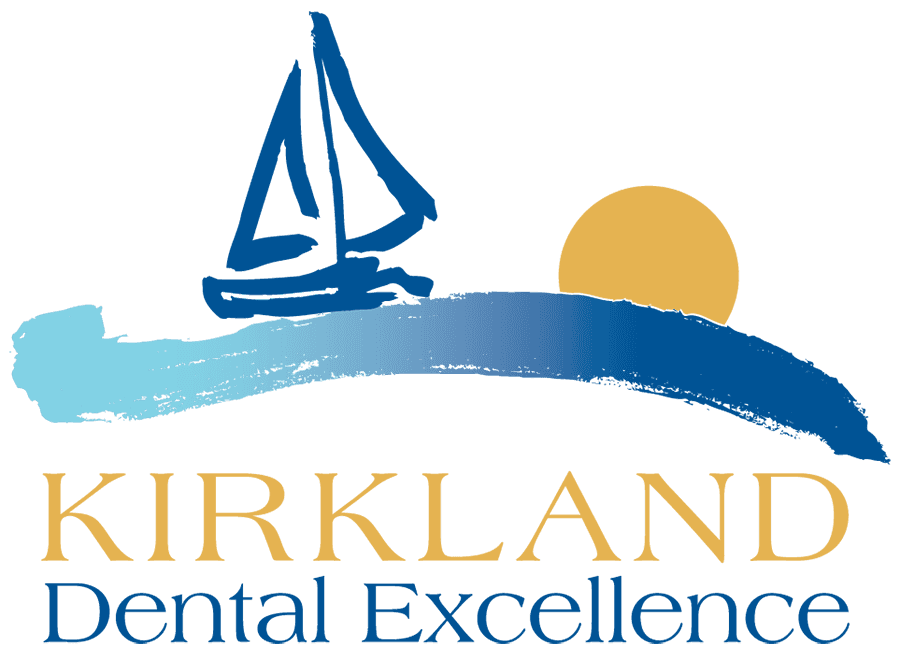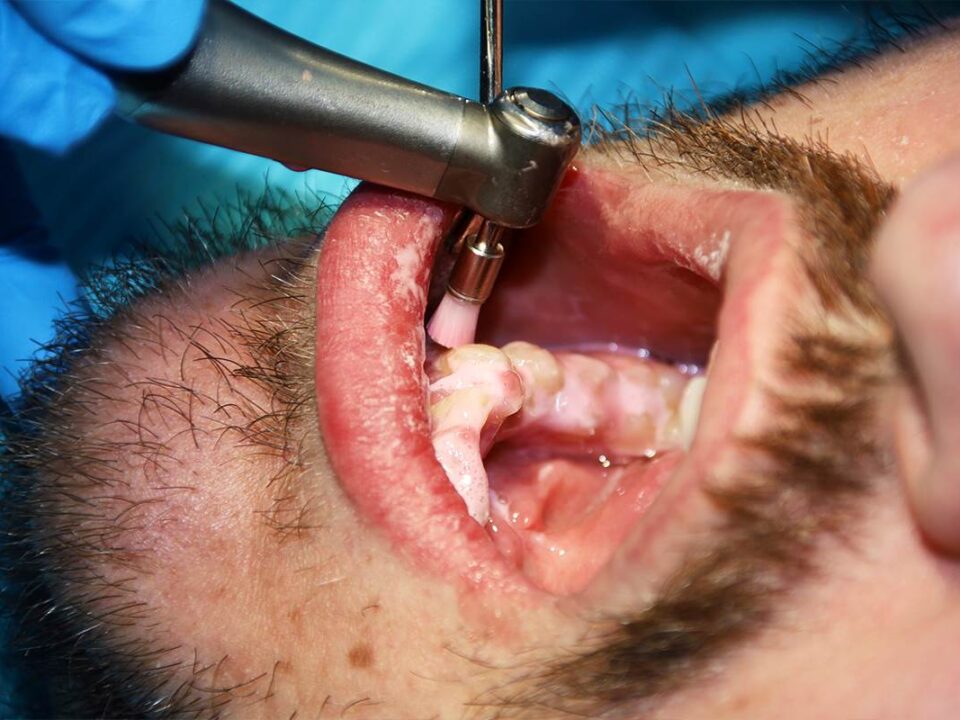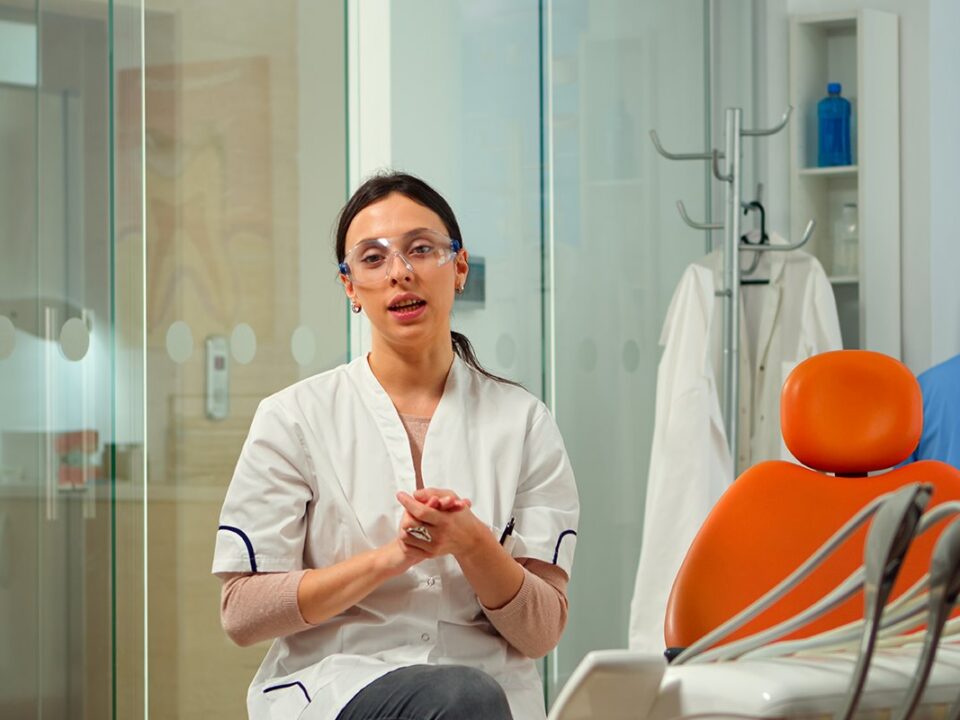What is a Full Mouth Examination?

Day 3 After Immediate Dentures: What to Expect?
April 10, 2025A full mouth examination is one of the most important visits you can make. It’s about looking at your teeth and understanding your whole mouth health. It starts from your gums to your jaw to things you can’t even see. If you haven’t had one in a while, or ever, now’s a good time to learn what it’s all about.
Table of Contents
ToggleWhat is a Complete Oral Examination?
A full mouth examination is a deep look at your mouth, teeth, and gums. Dentists take their time and look at everything carefully. The goal is to catch any issues early—before they turn into big, painful problems. Dentists look for cavities, signs of gum disease, oral cancer, infections, and even how your teeth fit together.
A full mouth assessment, similar to an oral cancer screening Seattle, is often done during your first visit to a new dentist. But even if you’ve been seeing the same dentist for years, it’s a good idea to get one every now and then.
What to Expect During a Full Dental Exam?
Okay, let’s break down the procedure for a full dental examination and what happens step-by-step:
Dental X-rays
They are often included in a full mouth examination, especially if it’s your first visit to a new dentist. These X-rays help spot issues like cavities between teeth, bone loss, infections, or teeth stuck under the gums. They show what the eyes can’t see.
Oral Examination
This is the hands-on part where the dentist checks each tooth carefully. The dentist checks for cavities, weak enamel, cracks, worn-down areas, or anything that looks off. The gums are checked for redness, swelling, or bleeding—signs of gum disease. They’ll also look at your tongue, cheeks, and the roof of your mouth.
Gum Pocket Measurements
The dentist or hygienist gently slides a tiny ruler between your teeth and gums to measure the “pocket depth.” Shallow pockets are healthy. Deeper pockets could mean gum disease. It’s quick, and it helps keep tabs on your gum health over time.
Bite check (Occlusion Exam)
The dentist checks how your upper and lower teeth fit together. They might ask you to bite down or move your jaw from side to side. This helps find bite problems that could lead to tooth wear, jaw pain, or even headaches.
Learn more about our services for oral cancer exams in Kirkland, Seattle.
TMJ (Jaw Joint) Check
A full mouth examination also checks your jaw joints for clicking, popping, or pain. Dentists may gently press near your ears and ask questions about any discomfort. If your jaw clicks or locks, that’s something worth paying attention to.
Checking for Signs of Oral Cancer
This part is a careful check of your lips, tongue, throat, cheeks, and jaw. The dentist looks and feels for any lumps, sores, or discolored patches. Most of the time, it’s just a routine step, but it’s very important for catching serious problems early.
Salivary Gland Function Check
Dry mouth is more than annoying—it can raise your risk of cavities and gum disease. If your mouth seems dry, the dentist might check how well your salivary glands are working. They may also ask questions about your hydration, medications, or habits.
Teeth Cleaning
A professional cleaning is often done right after the full mouth examination. First, you go through scaling to remove plaque and tartar from your teeth and along the gum line. Then, your teeth are polished to remove stains and make them smooth. It’s a fresh start for your smile.
Fluoride Treatment (If Needed)
Sometimes, especially for patients with sensitive teeth or a high risk of cavities, a fluoride treatment is given at the end. It helps strengthen the enamel and protect your teeth in the weeks ahead.
Review of Findings
After the full mouth examination, the dentist goes over what they found. If everything looks great, awesome! If there are any concerns—like a cavity, early gum disease, or bite issues—they’ll explain what’s going on and what to do next.
Follow-up Recommendation
It could be just a routine check-up in six months or a visit to fill a cavity, treat gums, or even talk about cosmetic options like whitening or straightening. Everything is based on what you need and want.
How Does a Full Dental Examination Differ from a Regular Check-up?
Let’s compare the two side by side. Think of a regular check-up like a quick oil change, and a full mouth examination like a full inspection at the auto shop.
| Aspect | Regular Check-up | Full Dental Exam |
| Frequency | Every 6 months | Usually done once at the first visit, then as needed |
| Focus | Maintains your current oral health | Checks everything deeply to spot hidden problems |
| Procedures | Basic cleaning, visual look, maybe a few X-rays | Full X-rays, gum check, bite check, oral cancer screening, full cleaning |
| Time Required | Around 30 minutes | Can take an hour or more, depending on what’s needed |
Does Insurance Cover the Full Mouth Examination Costs?
Yes, many insurance plans do cover full mouth examinations. Often, they’re considered part of your preventive care. But every plan is different. Some may cover it once a year, others every few years.
To be sure, call Kirkland Dental Excellence. We’ll help you check what your plan covers and go over any costs, so there are no surprises.
Schedule a Full Dental Examination in Kirkland, Near Seattle, Washington
If it’s been a while since your last exam—or if you’re just not sure what’s going on in your mouth— come to Kirkland Dental Excellence. We offer full mouth examinations and oral cancer screening Kirkland. Our team is friendly, experienced, and ready to make you feel comfortable every step of the way.
Call us, and let’s schedule your visit. Your mouth will thank you.
Full Mouth Examinations: Let’s Recap
A full mouth examination isn’t just a “fancy check-up.” It’s your best chance to catch problems early and avoid big dental work down the road. It’s detailed. It’s personal. And it’s made to protect your smile for years to come. Let’s take care of it together.
FAQs about Full Mouth Examinations
It’s a full check of your teeth, gums, jaw, and mouth to find any problems early.
We look at your health, check all parts of your mouth, take X-rays, clean your teeth, and screen for issues like gum disease or cancer.
Expect a full review of your oral health and time to talk about anything that needs attention.
It includes a health review, full mouth check, X-rays, gum exam, bite check, cancer screening, and professional cleaning.




